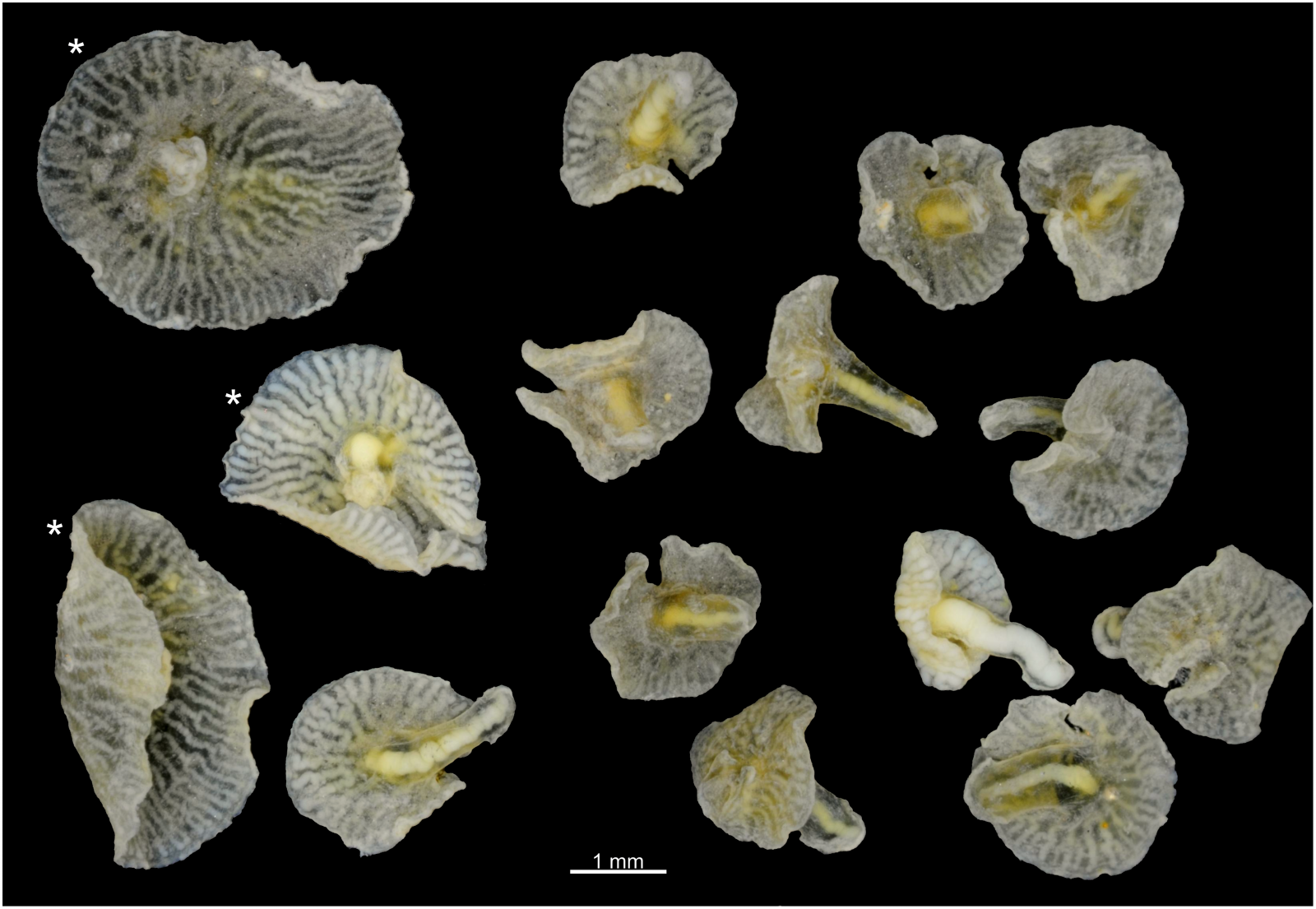Saturday, September 27, 2014
Thursday, September 4, 2014
Dendrogramma
A new marine invertebrate, found off the coast of Australia, may be a survivor of Precambrian times:
Though no living animal closely resembles Dendrogramma, at least three fossils bear a striking resemblance. Albumares, Anfesta, and Rugoconites appear to also to have possessed a disk laced with forking, radiating channels.Those enigmatic organisms have long captivated biologists with mysterious forms that look like whirls, fronds, and shrubs, and it's still debated whether they should be classified as animals. The life-forms are thought to have vanished more than 540 million years ago at the end of the Ediacaran period, just before a time of rapid animal evolution called the Cambrian explosion.It is possible that Dendrogramma independently evolved a similar structure as a response to the same conditions as the three extinct species, a common phenomenon called convergent evolution."There is this most intriguing similarity to certain Ediacaran forms," Conway Morris says. "[But] I think the similarities are exactly that. They are intriguing rather than compelling."Still, there is a chance that Dendrogramma are Ediacaran descendants, potentially making these animals the first to survive to modern times in recognizable form."If this is true," says study co-author Reinhardt Kristensen, an invertebrate zoologist at the University of Copenhagen, "then we have discovered animals which we'd expect to be extinct around 500 million years ago."
 |
| More pics from different angles. |
| Diagram from the original paper |
Subscribe to:
Posts (Atom)


